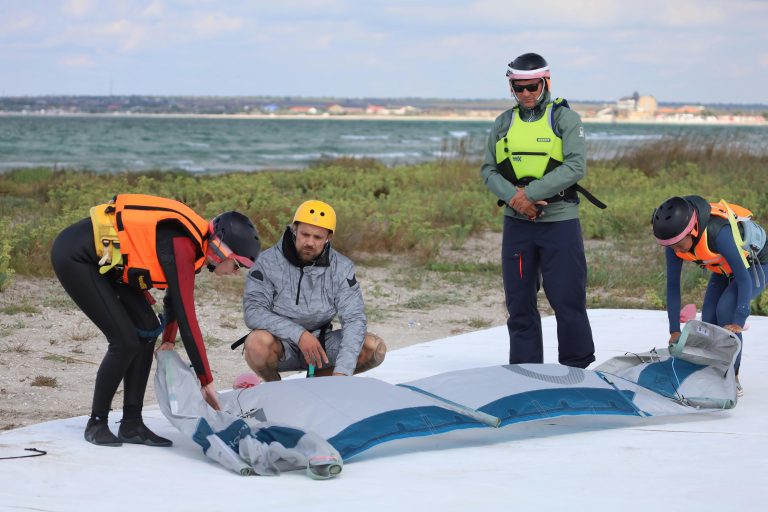What are the Disadvantages of Outdoor Sports?
Outdoor sports have undeniably become an integral part of the global sports culture, offering enthusiasts a thrilling escape into nature while fostering physical and mental well-being. However, like any activity, outdoor sports come with their set of disadvantages that merit consideration. Let’s delve into these aspects and explore the challenges associated with embracing the great outdoors for sports and recreation.

1. Introduction: What are the Disadvantages of Outdoor Sports?
Outdoor sports, ranging from hiking and cycling to extreme activities like rock climbing and rafting, have gained immense popularity for their ability to combine physical exercise with the joy of being in nature. While the advantages are evident, it’s essential to recognize the potential drawbacks that participants may encounter.
2. Physical Risks in Outdoor Sports
Participating in outdoor sports exposes individuals to a higher risk of injuries and accidents compared to indoor activities. The varied terrains and unpredictable conditions contribute to the potential harm, impacting the body over time.
3. Weather-Related Challenges
One of the inherent disadvantages of outdoor sports is the dependence on weather conditions. Whether scorching heat or freezing cold, athletes face the challenge of adapting to extreme temperatures and unforeseen weather changes.
4. Equipment Costs and Maintenance
The initial investment in outdoor sports equipment can be substantial, and the ongoing costs for maintenance add an extra financial burden. Regular upkeep is crucial to ensure the safety and performance of gear.
5. Limited Accessibility
Unlike indoor sports facilities that can be found in urban areas, outdoor sports often require specific geographical features. This limitation can exclude individuals living in areas without suitable terrains or facilities.
6. Environmental Impact
Engaging in outdoor sports can inadvertently contribute to ecological disturbances. Foot traffic, waste generation, and noise pollution are common consequences, raising concerns about the environmental impact.
7. Dependency on Seasonality
The seasonality of outdoor sports poses challenges, with certain activities limited to specific times of the year. This can restrict opportunities for enthusiasts and create a sense of frustration during off-seasons.
8. Social Isolation
While outdoor sports provide a personal connection with nature, they can also lead to social isolation. Solo sports, in particular, may result in limited social interaction, potentially leading to feelings of loneliness.

9. Financial Implications
Participating in outdoor sports can be financially demanding. The costs associated with travel, equipment, and participation fees may deter individuals, and unlike some indoor sports, outdoor sports may offer fewer sponsorship opportunities.
10. Skill Development Challenges
The varied terrains of outdoor sports can impede consistent skill development. Access to expert coaching may also be limited, affecting the progression of athletes in certain disciplines.
11. Safety Concerns in Extreme Sports
For those involved in extreme outdoor sports, the high-risk nature of activities can raise safety concerns. In some cases, inadequate safety measures can further intensify the risks associated with these sports.
12. Impact on Academic or Work Commitments
Certain outdoor sports demand significant time commitments, potentially conflicting with academic or work responsibilities. Balancing these priorities becomes a challenging aspect for enthusiasts.
13. Lack of Standardization in Rules
Unlike indoor sports with standardized rules, outdoor sports may vary in regulations across different locations. Athletes transitioning between regions may face difficulties in adapting to these variations.
14. Cultural and Societal Factors
Participation in outdoor sports may be influenced by cultural and societal factors, including perceived gender biases and cultural stigmas. Overcoming these challenges can be an additional hurdle for some individuals.
15. Conclusion
In conclusion, while outdoor sports offer a unique blend of physical activity and communion with nature, it’s essential to acknowledge the associated disadvantages. From physical risks and weather challenges to financial implications and societal factors, participants must weigh the pros and cons based on their personal preferences and circumstances.




Leave a comment